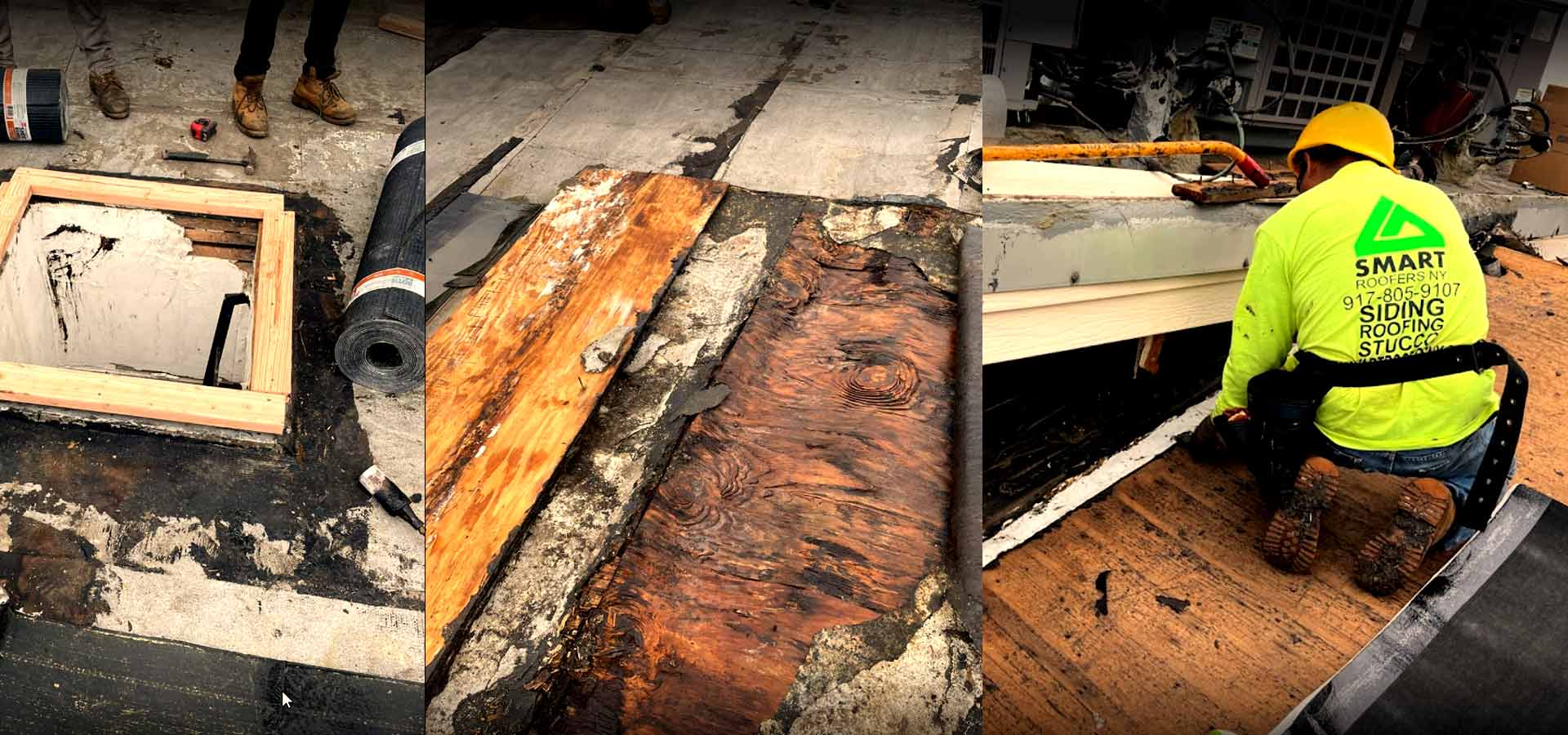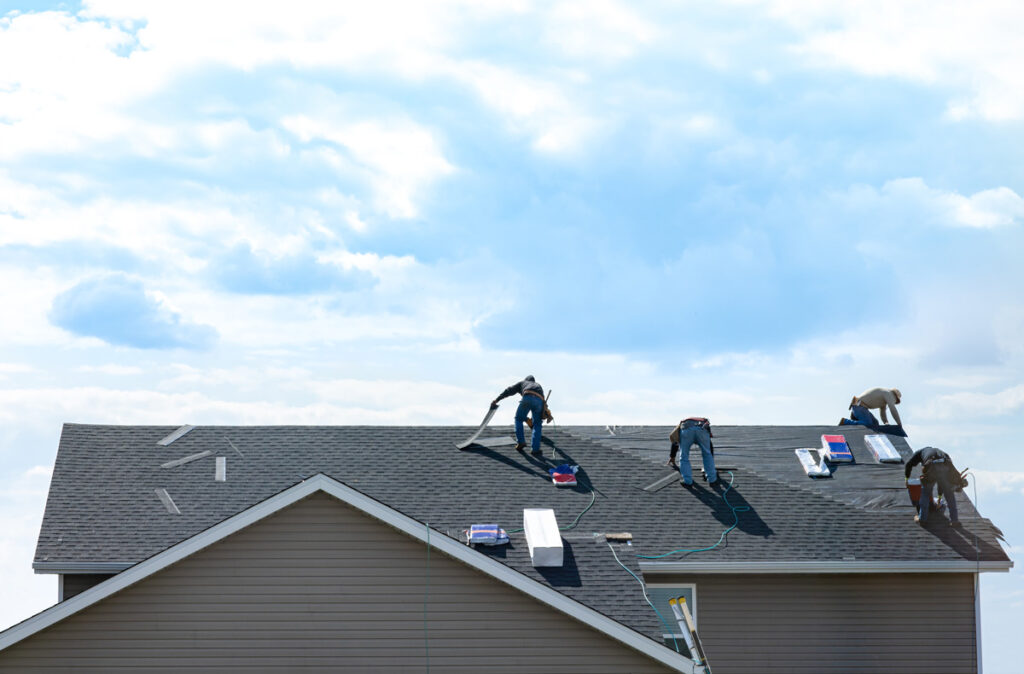Roofing Companies Oahu: Trusted Specialists for Your Roofing Demands
Roofing Companies Oahu: Trusted Specialists for Your Roofing Demands
Blog Article
Comprehending the Various Types of Roofing Systems: A Comprehensive Guide for Homeowners
With a range of alternatives-- varying from the traditional gable to the contemporary level-- each type provides one-of-a-kind advantages and challenges that need to align with the property owner's ecological factors to consider and specific requirements. As we discover the intricacies of numerous roofing types, it comes to be apparent that one dimension does not fit all; the right option may amaze you.
Saddleback Roof
Saddleback roofs, defined by their triangular form, are amongst one of the most popular roofing designs as a result of their simplicity and effectiveness in shedding water and snow. This layout includes 2 sloping sides that fulfill at a ridge, enabling effective drainage and lessening the danger of water accumulation. The steep pitch frequently connected with gable roofs boosts their ability to deal with heavy rainfall, making them ideal for numerous climates.
In enhancement to their useful advantages, gable roofing systems offer aesthetic adaptability. They can be adjusted to various building designs, from traditional to modern-day homes. The style can additionally fit extra attributes such as dormer home windows, which boost all-natural light and ventilation in the attic room area.
Moreover, gable roof coverings give adequate area for insulation, adding to power effectiveness. Property owners can select from a range of roof materials, including asphalt tiles, steel, and tiles, further boosting customization choices.
Despite their benefits, saddleback roofs may require additional assistance in areas susceptible to high winds or heavy snowfall. In general, the saddleback roof continues to be a popular selection as a result of its blend of functionality, durability, and aesthetic allure.
Flat Roofs
Flat roofing systems are often recognized for their minimal layout and practical applications, especially in industrial and commercial setups (oahu roofing). These roof coverings include a straight or nearly horizontal surface, which allows for easy building and construction and functional area usage. While they might do not have the visual allure of pitched roofing systems, flat roofings supply numerous benefits, particularly in metropolitan environments where taking full advantage of space is important
Among the key advantages of level roofings is their accessibility. Property owners can use the roofing area for numerous functions, such as rooftop yards, balconies, or solar panel installments. In addition, level roofings are generally extra affordable to set up and preserve compared to their sloped equivalents, as they require less products and labor.
Nonetheless, level roofing systems do present specific obstacles. Proper drain is vital to avoid water merging, which can lead to leakages and architectural damages. Therefore, selecting top quality waterproofing products and normal assessments are crucial for making certain durability. Usual materials utilized for flat roofing systems consist of built-up roofing (BUR), customized asphalt, and single-ply membrane layers, each offering distinct benefits. On the whole, level roof coverings function as a useful and versatile choice for many house owners and organizations alike.
Hip Roof Coverings
Hip roofs are identified by their sloped sides that merge at the top, developing a ridge. This style is unique from gable roofing systems, as all 4 sides of a hip roofing system slope downwards towards the walls, providing an extra stable structure. The angle of the inclines can differ, enabling convenience in building aesthetic appeals and performance.
Among the key advantages of hip roof coverings is their capability to endure heavy winds and negative weather. The sloped surfaces make it possible for better water drainage, lowering the danger of leakages and water damages. Additionally, hip roofings offer boosted attic room space, which can be made use of for storage space and even converted into comfortable locations.
However, building a hip roofing system can be much more intricate and pricey than less complex roof covering kinds, such as gable roofing systems. The added product and labor associated with developing the slopes and making sure proper structural honesty can cause higher expenditures. Regardless of these drawbacks, lots of homeowners favor hip roofing systems for their this hyperlink toughness, aesthetic appeal, and possibility for energy performance.
Mansard Roofings
Mansard roofing systems, often recognized by their distinct four-sided style, feature 2 inclines on each side, with the reduced incline being steeper than the upper. This building design, originating from France in the 17th century, is not only aesthetically attractive however useful, as it optimizes the functional space in the upper floorings of a structure. The steep lower slope enables for more headroom, making it a suitable option for attics or loft spaces, which can be converted into living areas.
Mansard roof coverings are defined by their convenience, fitting different architectural styles, from standard to contemporary. They can be built with different products, including asphalt tiles, slate, or metal, providing homeowners with a range of alternatives to suit their budget plans and choices. In addition, the layout permits for the combination of dormer windows, enhancing natural light and ventilation in the top degrees.
However, it is important to consider the potential disadvantages. Mansard roofings may need even more upkeep due to the intricacy of their style, and their steep slopes can be challenging for snow and rainfall drainage. In general, mansard roof coverings integrate sophistication with practicality, making them a prominent option amongst home owners looking for distinct architectural features.
Lost Roofing Systems
As homeowners progressively look for simplicity and capability in their architectural designs, shed roofs have emerged as a prominent selection. Characterized by a solitary sloping plane, a shed roof covering offers a minimal visual that enhances numerous home styles, from modern to rustic.
Among the key advantages of a shed roofing is its uncomplicated building, which frequently translates to decrease labor and material costs. This style permits reliable water drain, decreasing the risk of leaks and water damage. Furthermore, the upright slope provides adequate area for skylights, enhancing natural light within the inside.
Lost roofs likewise use convenience see page in regards to usage. They can be successfully incorporated right into additions, garages, or exterior structures like sheds and structures. In addition, this roofing design can fit various roofing products, consisting of steel, asphalt shingles, and even environment-friendly roofings, lining up with green campaigns.
Nevertheless, it is necessary to think about regional environment problems, as hefty snow tons might require adjustments to the roof covering's angle or framework. Overall, dropped roofings present a useful and aesthetically pleasing alternative for property owners seeking to optimize capability without jeopardizing style.
Final Thought


Gable roofing systems, characterized by their triangular shape, are among the most prominent roof covering designs due to their simpleness and performance in dropping water and snow. oahu roofing. The steep pitch frequently connected with gable roofs improves their capacity to handle heavy rainfall, making them ideal for different environments
While they might do not have the aesthetic appeal of pitched roofing systems, level roofs provide numerous advantages, especially in urban atmospheres where making the most of area is essential.

Report this page